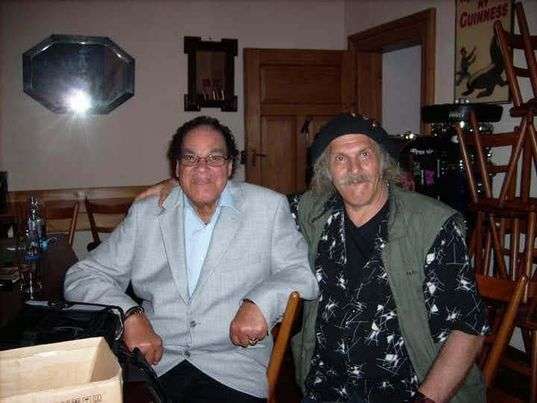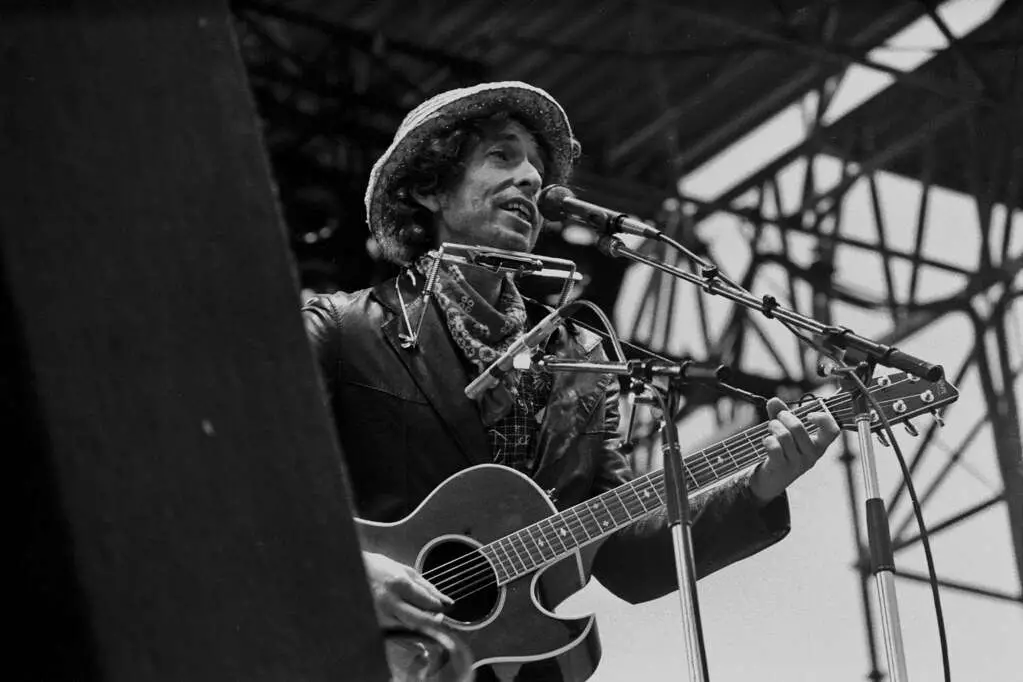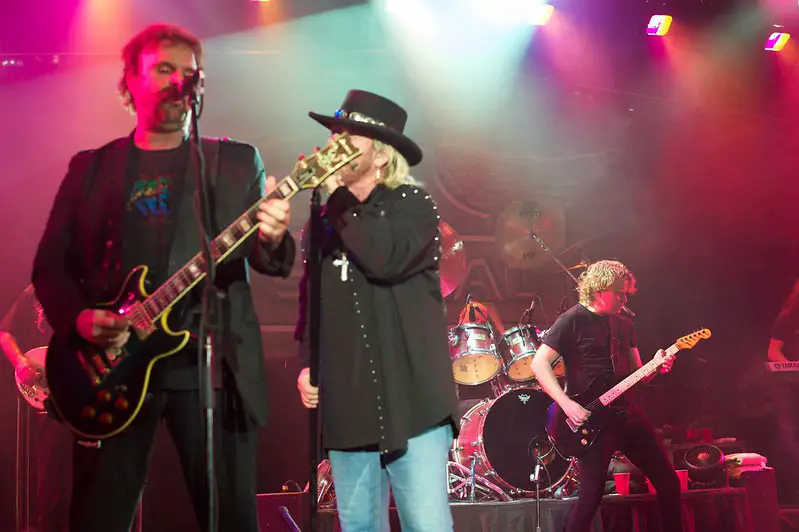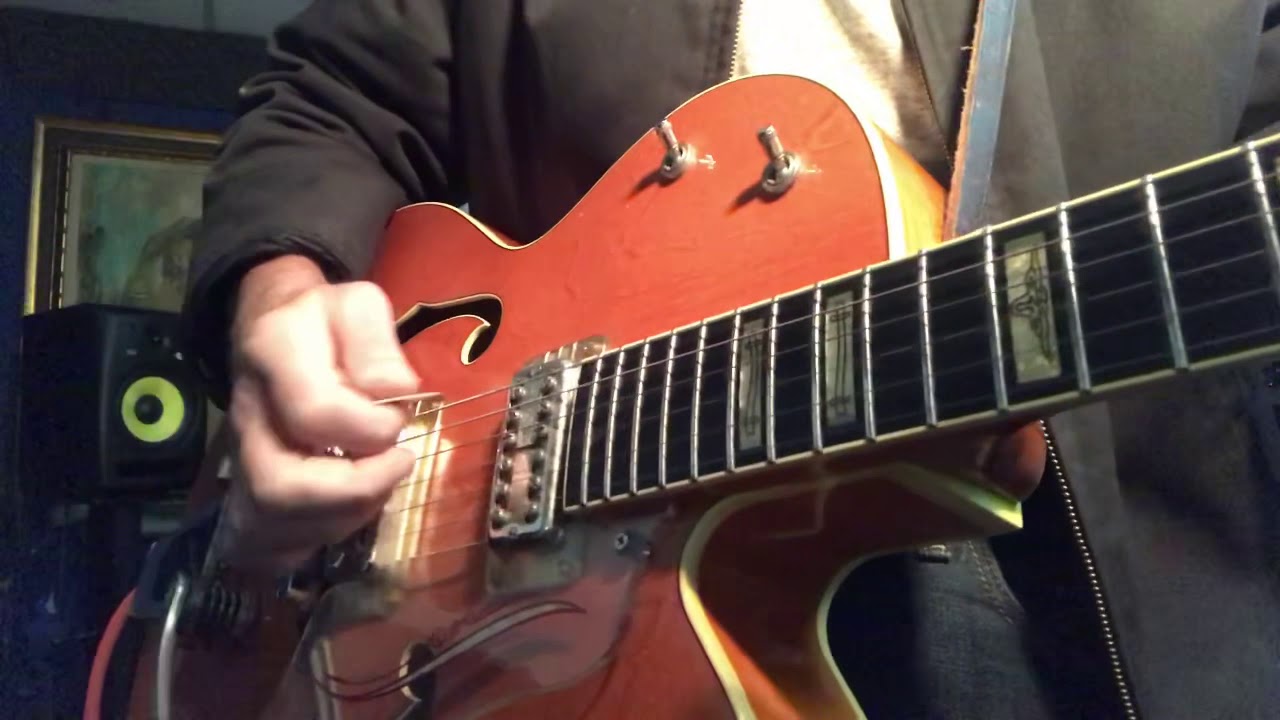“Brian May, the iconic Guitarist for Queen, is more than just a musician. Renowned for his innovative playing style, marked by his signature “Red Special” guitar and distinctive sixpence pick, May has etched his name in rock history. His electrifying solos and captivating stage presence have captivated audiences worldwide, transcending mere musicianship to become a global icon. Beyond his musical prowess, May’s influence extends to academia, where he holds a Ph.D. in astrophysics. This unique combination of artistic talent and scientific intellect has solidified his status as a true Renaissance man, inspiring generations of musicians and fans alike.”
Listen To This Article on Brian May Guitarist From Queen or read below.
May’s signature sound is achieved through his unconventional choice of a sixpence coin as a pick. This unique tool imparts a bright, metallic tone that sets him apart from other guitarists. Additionally, his mastery of “bending” techniques, where he bends the strings to create a distinctive vibrato effect, further enhances his playing style. This technique, commonly used in blues and rock, allows May to produce beautiful, melodic passages. For a visual understanding of May’s sixpence technique, check out his interview with Premier Guitar on YouTube
As a Guitarist for Queen, Brian May’s unique style is defined by his unconventional choice of a sixpence coin as a pick. Unlike traditional flexible picks, the sixpence offers May a solid, direct connection to the strings, allowing him to feel every nuance of the music. This direct connection provides unparalleled control and articulation, enabling May to produce a wide range of tones. The sixpence’s softer metal composition also ensures longevity and minimal wear on the strings, making it an ideal choice for his dynamic playing style. May’s enduring loyalty to the sixpence reflects his commitment to crafting the perfect sound.
May’s playing style is further characterized by his masterful use of harmonies and intricate melodies. He creates rich, layered sounds that fill the space and often draws inspiration from classical music. His ability to blend different genres, including rock, blues, classical, and folk, makes his music unique and accessible to a wide audience. Overall, Brian May’s technical proficiency, creativity, and expressive playing style have solidified his status as a true guitar great, inspiring and entertaining millions around the world.
Embed from Getty ImagesHere are some of the most famous songs that feature Brian May’s guitar playing but we have chosen another few songs featured below:
- “Bohemian Rhapsody”
- “We Will Rock You”
- “We Are the Champions”
- “Another One Bites the Dust”
- “Somebody to Love”
- “Killer Queen”
- “Don’t Stop Me Now”
- “The Show Must Go On”
- “Radio Ga Ga”
- “A Kind of Magic”
- “Who Wants to Live Forever”
These songs are just a small sample of Brian May’s vast catalog of work. He is a true legend of rock music, and his guitar playing will continue to inspire musicians for generations to come.
More About Brian May
Brian May was born on July 19, 1947, in Hampton, Middlesex, England. May’s interest in music began at a young age, and he eventually went on to study physics and mathematics at Imperial College London. In 1970, May co-founded Queen with lead singer Freddie Mercury and drummer Roger Taylor. He is known for his distinctive guitar sound, which he achieved by building his own guitar, the Red Special. May has also contributed to Queen’s songwriting, co-writing hits such as “We Will Rock You” and “Fat Bottomed Girls.” In addition to his work with Queen, May has released several solo albums and collaborated with other artists. He is also an animal rights activist and has a PhD in astrophysics.
Brian’s name is a little shadowed at the mention of Queen, as the first person that comes to mind is its celebrated lead Freddie Mercury. However, the legendary guitarist for Queen, Brian Harold May, created this group long before Mercury introduced us to his impressive vocal range. Born in 1947, May was the only son of Scottish mother Ruth Irving and English father and former Ministry of Aviation drafter Harold May. The acclaimed guitarist has been married twice.

Besides being the “Guitarist for Queen” Brian May has three kids from his first marriage to Christine Mullen, which lasted between 1974 and 1988. May met his current partner Anita Dobson at a 1986 film premiere while Mullen was still his wife. His conflicted feelings inspired May to write the 1989 Queen hit I Want It All. Brian married his second love in 2000, and they have remained together since then. May’s musical career has been as colorful as his personal life.
Brian May’s Best Solo from the lead guitarist of Queen
Total guitar might have ranked Bohemian Rhapsody as an all-time guitar favorite, but if you ask Brian May, that is not his favorite project. In a past interview, the guitarist named Killer Queen his most treasured solo. May loved Killer Queen because of the adventure of creating its guitar harmonies.
According to the legend, this project was a dive into the unknown. May also named Key To Love as his best guitar solo. He described this track by another legendary guitarist Eric Clapton as one of the most passion-filled pieces he had ever listened to in his life. He even regarded it as one of his inspirations.
We have picked as his best “Innuendo” by Queen for several reasons.
First, it is technically brilliant. Brian May is a master of his instrument, and his playing in this solo is nothing short of virtuosic. He uses a variety of techniques, including bending, vibrato, and harmonics, to create a sound that is both technically impressive and emotionally expressive.
Second, the solo is melodic and memorable. May’s playing is always melodic, even in his most technically challenging solos. In the “Innuendo” solo, he creates a beautiful melody that is both catchy and moving.
Third, the solo is perfectly placed in the song. It comes at a key moment in the song, when the lyrics are about facing up to one’s mortality. The solo helps to build the tension and emotion of the song, and it leaves a lasting impression on the listener.
Finally, the solo is a testament to guitarist for Queen Brian May’s creativity. He is always willing to experiment and try new things, and the “Innuendo” solo is a prime example of this. The solo is a fusion of different styles, including rock, blues, and classical, and it is a unique and unforgettable piece of music.
Overall, the solo in the song “Innuendo” by Queen is a masterpiece of guitar playing. It is technically brilliant, melodic and memorable, perfectly placed in the song, and a testament to Brian May’s creativity. It is one of the greatest guitar solos ever recorded.
Here are some specific things that I like about the solo:
- The way it builds in intensity, starting out slow and gradually getting faster and more complex.
- The use of different techniques, such as bending, vibrato, and harmonics, to create a variety of sounds.
- The way it perfectly complements the lyrics and the overall feel of the song.
- The way it leaves a lasting impression on the listener.
If you’re a fan of guitar music, I highly recommend listening to the solo in “Innuendo” by Queen. It’s a truly special piece of music.
Favorite Guitar of Brian May

You cannot tell Brian May’s story without mentioning his favorite instrument, ‘the Red Special’. This guitar derives its name from the reddish-brown shades of its Rustins Plastic Coating. Some people also call this guitar ‘the Fireplace’, because its neck was fashioned out of fireplace mantel wood. The Red Special was the project of May and his dad. Although May’s parents had gifted him an acoustic guitar, he needed an electric instrument for his music, and he couldn’t afford expensive versions like Gibsons or Fenders. However, building the Red Special wasn’t easy, seeing the project lasted around one and a half years. For starters, the old neck wood made it harder to shape the neck. May even had to fill some wormholes with matchsticks.
The first Red Special instrument was featured on many live appearances and Queen albums. But although the singer still plays the original guitar, he has performed using official replicas on different occasions. One notable copy was designed by John Birch and it appeared in several live performances before May broke it during a 1982 concert. Several other companies have produced official replicas, including Guild Guitars and Burns Guitars. However, Brian May Guitars is the only authorized dealer of the Red Special today.
Manufacturers like Greco, Carpinteri, Scheithauer, Dillion, Harley Benton and Dansan have also produced unofficial versions of this iconic guitar.
Before The Guitarist of Queen, There Was Smile, and 1984
Brian May formed his first music group, in 1984, alongside his buddy Dave Dilloway. Later, the duo welcomed vocalist Tim Staffell who would become May’s future bandmate. In her book Mercury: An Intimate Biography of Freddie Mercury, Lesley-Ann Jones describes 1984 as a cover group that recreated hits from bands like The Rolling Stones, The Yardbirds, and The Shadows. May’s second project was a group called Smile, which he started with Staffell in 1968 while they were both undergraduates.
The band also had a third member, Chris Smith, an organist, and fellow student. However, Smile still needed a drummer, prompting them to advertise the position on the bulletin of Imperial College London. The ad caught the eye of dentistry undergraduate Roger Taylor, who played for a pop group called The Reaction at the time. Taylor impressed the guitarist for Queen so much that he described him as the best drummer they had ever met. Together, they performed covers and original songs, making Smile a college house band. They even landed a record deal with Mercury Records America.
A notable Smile fan was Farrokh Bulsara, who later adopted the name Freddie Mercury. He loved Smile so much that he attended their gigs around campus, making friends with the group members and eventually living together. Though he recognized their brilliance, Mercury constantly suggested tips to better the group.
Staffell soon lost interest in the band, saying they had ditched heavy rock for more disciplined music. Staffell’s exit left May and Taylor in a confusing position, pushing them to the brink of abandoning their music dream. Mercury later came on board as the lead singer, though he didn’t stop offering his ideas to the band. Mercury was all about experimenting, suggesting bold costumes and stage arrangements. Smile later rebranded to Queen, inviting bassist and fourth member, John Deacon and of course Brian May as the lead guitarist for queen
Brian May On Freddie Mercury’s Death
Like the rest of the world, May was devastated by Mercury’s death. This was one of the reasons he slid into depression in the early ’90s, including other causes such as his father’s demise and his failed marriage. However, May managed his grief by immersing himself in work. The legend completed his album Back to the Light and took a global tour to market it. Other bandmates also honored Mercury with a tribute concert and the Made in Heaven album produced in 1995. Additionally, they released a single in 1997 called No One But You before the band took a break.
Brian May Guitarist of Queen Performing at the Legendary Live Aid Concert
You have to watch this on YouTube https://www.youtube.com/watch?v=EjXetWK-Ur8
There’s no doubt that Queen put up a memorable show at the live aid concert. Some might even argue it was the band’s best performance and one of the most iconic shows the rock fraternity has ever seen. But according to May, Queen had an unfair advantage at the concert since they had previously performed in football stadiums. Mercury was also good at pumping up the crowd so that everyone felt like they were a part of the performance. In a separate interview, Legendary Guitarist May described their 22-minute set as “Kind of ok”. Referring to the 2018 production Bohemian Rhapsody, the guitarist termed the Live Aid scene a faithful recreation of the exact moment.
Playing like the Lead Guitarist of Queen
If you would like to check it out one of our featured guitarists Paul Wildman of Lockdown Licks has a great video of doing the solo from a crazy little thing called love played on a Telecaster on his Facebook Page.







